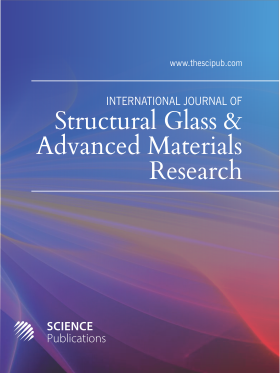Cyclic Instability of Shape-Memory Alloys in Seismic Isolation Systems
- 1 Ciê ncias e Tecnologia da Universidade NOVA de Lisboa, Portugal
- 2 Ciências e Tecnologia da Universidade NOVA de Lisboa, Portugal
Abstract
Shape-memory alloys are being progressively introduced as kernel components in seismic retrofitting devices for civil engineering structures. In order to control the instability associated with the first mechanical cycles, a training procedure is usually implemented, which stabilizes the superelastic behavior of the alloy. This paper addresses the characterization of the cyclic behavior of an austenitic NiTi alloy with emphasis on the definition of the instability functions associated with the cumulative residual strain and the variation of the critical stress needed to induce martensite. A wide set of experimental tensile tests are performed to study the influence of strain-rate and ambient temperature on the material coefficients controlling the described functions. A numerical model for shape-memory alloys is presented, which is able to simulate the instability phenomena associated with superelastic cycling in NiTi wires. It is shown that prior stabilization by initial training may not be advantageous, since it is during the first cycles that the alloy shows greater energy dissipation capabilities.
DOI: https://doi.org/10.3844/sgamrsp.2018.82.95

- 3,712 Views
- 1,931 Downloads
- 0 Citations
Download
Keywords
- Shape-Memory Alloy
- Superelasticity
- Instability
- Mechanical Cycling
